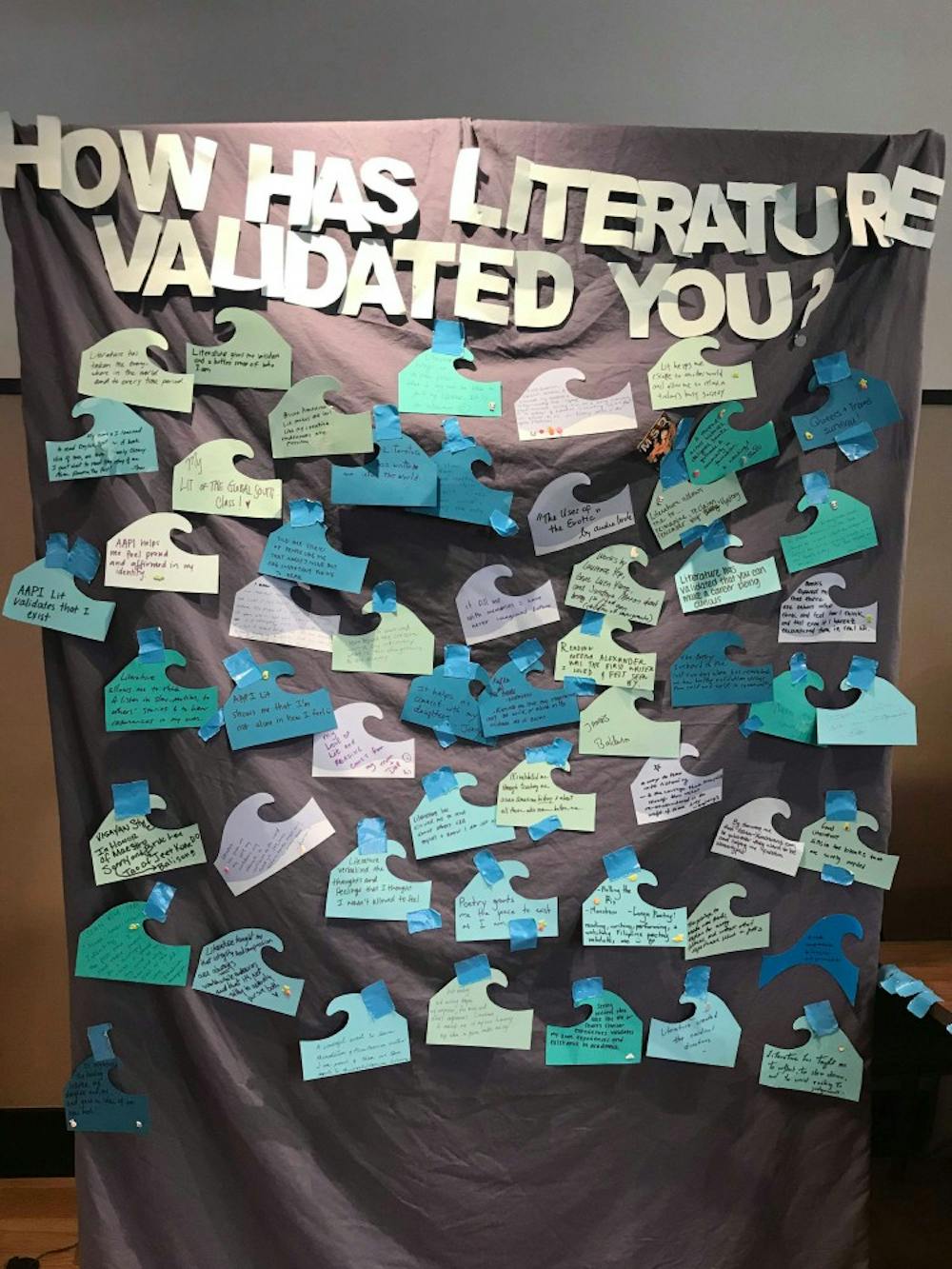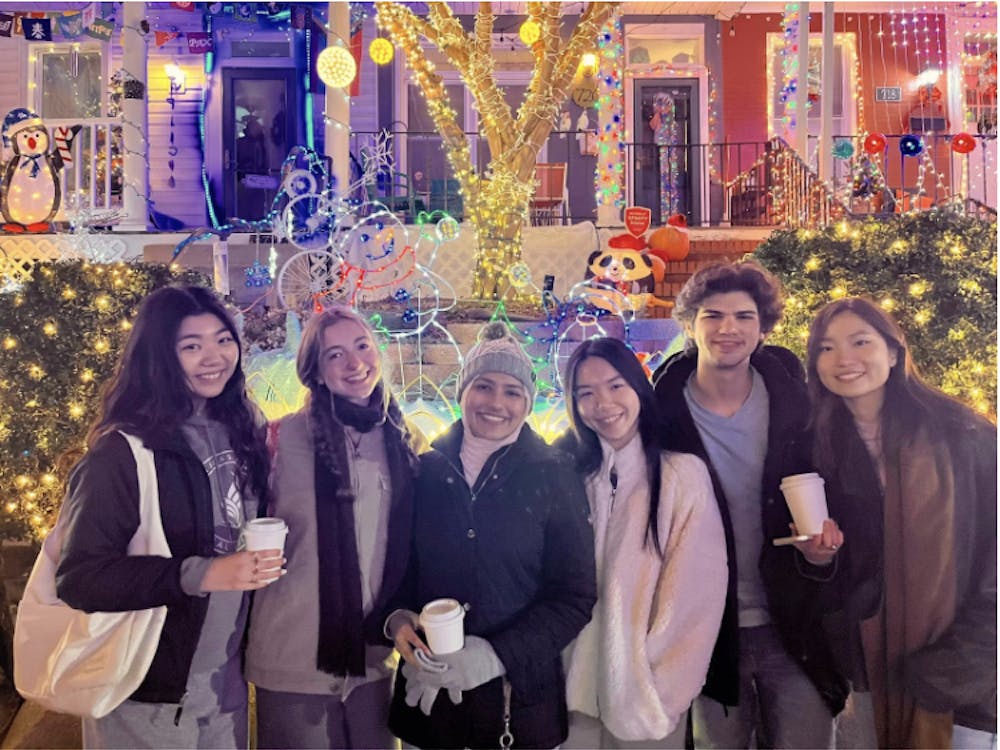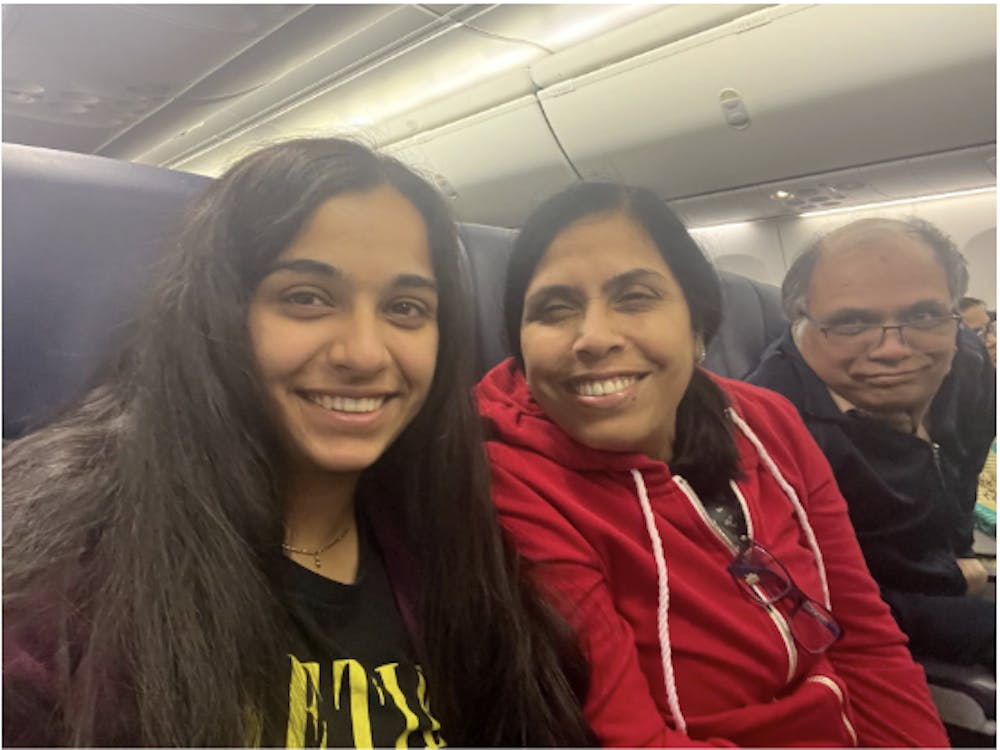
On August 4, I woke up at 7:30 a.m., even though it was a Sunday. Still not quite awake, I took the MARC train down to D.C with two friends. Our destination was Eaton D.C., the most artsy hotel I’ve seen: The entrance was decked with vintage vinyl, and it even had its own radio studio. That was where the 2019 Asian American Literature Festival was held.
During one of the talks that took place during the festival, the moderator asked a panel of Children’s Literature writers, “When was the first time you saw yourself in a book?” As the writers paused for their answers, I wondered what mine was (Jump in readers — what’s yours?).
Seeing oneself in a book or other form of media gives a sense of validation. Just like meeting a soulmate, no words are needed to describe what you want to express.
The character in the book just gets you. Take my other column about The Idiot by Elif Batuman, for example. Selin, the narrator of the book, is a fictional character, but a real person wrote that character to life.
When you finally read about a character that you identify with, it’s like that late night conversation you had with your best friend at 2 a.m., the heavy silence of the night embracing the conversation. Or that heart to heart conversation you had with your parents away from home, the distance making it suddenly easier to be honest. This sense of connection is what draws me to literature and writing.
As a result, I was shocked when some of the writers said it wasn’t until late adulthood that they found themselves in a book. What did they mean? How did they come to love literature without the intimate connection?
One of the writers recalled the amazement she felt when she first read The Joy Luck Club in high school. Her English teacher had assigned the book for homework and told the class to put it away. However, she found herself unable to let go of it. She breezed through the pages secretly under her desk.
Why? Because it was the first time she read about a character who shared her experience. Not just a general human experience — like falling in love — but her cultural experience that is under portrayed in media and literature. Having someone write about a part of herself that was neglected made her feel like she was seen.
Even though our humanness allows us all to relate to each other, there are certain aspects of different cultures that are unique.
It wasn’t until that talk that I realized my lack of awareness with regards to minority representation in American literature. I pondered, throughout the day and then a night more, about this troubling realization.
I am Korean — not American. Part of my late realization is due to the fact that I’ve been holistically represented in Korean literature and felt that my due representation was met. I also had a low expectation for being represented correctly in American Literature as a foreigner.
However, it was sad to realize how even Americans — minorities, but nonetheless Americans — found themselves underrepresented in their own body of literature.
In fact, when they are represented it is more evident than when they are not. Status quo is that the default is white, and any minority representation jumps out.
Christina Soontornvat is the author of a children’s book series, Diary of an Ice Princess. During the talk, Soontornvat shared one of the reviews for her book, which stated that the series was cute, but “unnecessarily diverse.”
Diary of an Ice Princess is much like any other princess with a magic power story: Lina, the protagonist, has to deal with the high expectations of being a princess, learn how to control her magic and balance royal and ordinary life.
But the cover illustration depicts a girl with Asian features (almond shaped eyes, dark hair...). The book reviewer thought there was no need for the character to be Asian when the book wasn’t about Asian culture.
This comment highlights how the current body of American literature not only needs to become even more “unnecessarily diverse,” but that it should strive to be so. Minorities aren’t spices in white American dishes. They are an essential part of this country, and should not need to defend why they are being represented.
Furthermore, having consciously diverse representation will allow everyone to benefit from a richer second-hand experience.
Differences are what makes life exciting. If we were all replications of other people and their lives, would conversations even need to exist? What would there be to talk about when we already know exactly what the other person will say or bring to the table?
It is easy to draw lines between ourselves as a result of surface level and first-glance differences, such as skin color, ethnicity or nationality. I know, because I am guilty of this myself. The attitude of “I don’t want to hear your story because it’s not happening to me” is tempting to take.
Through literature, however, we are able to connect and learn to see beyond these initial differences.
Storytelling and narratives make it easier for the readers to truly put themselves in someone else’s shoes. The readers just have to sit back and take the story in with an open mind.





